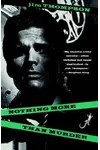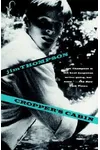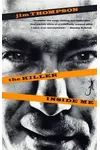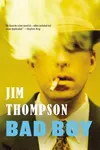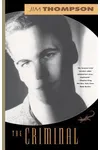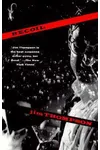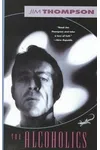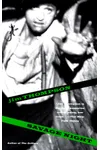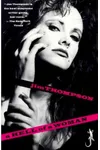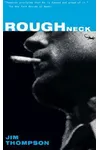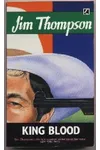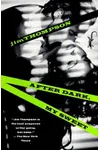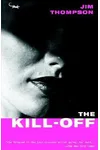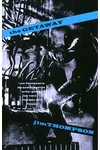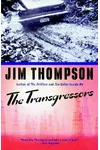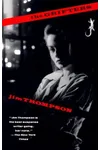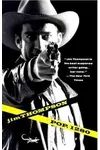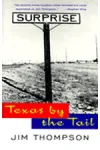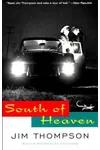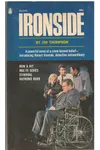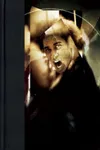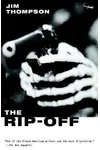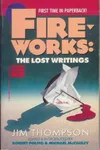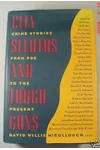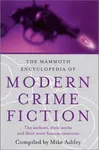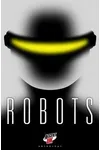Picture a hard-boiled storyteller who peeled back the veneer of small-town America to reveal its darkest secrets—meet Jim Thompson, the unsung king of noir fiction! Born in 1906, Thompson crafted over 30 novels that dive headfirst into the minds of psychopaths and con artists, earning him the nickname 'Dimestore Dostoevsky.' Though fame slipped through his fingers during his lifetime, his gritty tales have since captivated readers and inspired iconic films.
With a knack for unreliable narrators and a prose style that’s as sharp as a switchblade, Thompson turned pulp fiction into high art. Ready to explore the shadowy world of this American noir master? Let’s dive in!
The Making of Jim Thompson
James Myers Thompson was born on September 27, 1906, in Anadarko, Oklahoma, to a sheriff father and a schoolteacher mother. His early life was a whirlwind of movement—Oklahoma, Nebraska, and Texas—shaped by his father’s fall from grace due to embezzlement. Young Jim started writing in his teens, publishing short pieces while working odd jobs, from bellhop to oil field roughneck. During Prohibition, he hustled as a bellboy in Fort Worth, supplying hotel guests with liquor and drugs, experiences that later fueled his raw, unfiltered storytelling.
Thompson’s brief stint with the Communist Party in the 1930s and his role leading the Oklahoma Federal Writers’ Project during the Great Depression honed his populist voice. These early years, marked by personal struggles and a disdain for formal education, laid the foundation for his bleak, character-driven narratives.
Jim Thompson’s Unforgettable Stories
Thompson’s novels, mostly paperback originals from the late 1940s to mid-1950s, redefined noir with their psychological depth and structural daring. The Killer Inside Me (1952) is his chilling masterpiece, narrated by Lou Ford, a seemingly amiable sheriff who’s secretly a sociopathic killer. Its first-person descent into madness shocked readers and remains a noir classic.
Pop. 1280 (1964) is a darkly comic gem, following Sheriff Nick Corey, a lazy lawman with a cunning, murderous streak. The Grifters (1963) weaves a tale of con artists tangled in greed and betrayal, while The Getaway (1958) tracks a bank robber’s desperate flight, blending love and violence. Thompson’s style—sparse, visceral, and often surreal—uses split narratives and multiple voices to mirror the fractured psyches of his characters. His themes of moral decay and hidden depravity resonate with the underbelly of American life.
Unlike his hard-boiled peers like Raymond Chandler, Thompson’s protagonists aren’t honorable heroes; they’re flawed, often monstrous, reflecting his view of a dog-eat-dog world. His innovative approach—described by Stephen King as 'absolutely over the top'—set him apart as a literary renegade.
Why Jim Thompson Matters
Thompson’s work, initially overlooked, found a cult following in the 1980s through Black Lizard’s reissues. His novels inspired films like The Grifters (1990), directed by Stephen Frears, and Coup de Torchon (1981), a French adaptation of Pop. 1280. Critics like R.V. Cassill hailed his fiction as the 'rawest and most harrowing' in the genre, outstripping even Dashiell Hammett. Thompson’s unflinching portrayal of human darkness, paired with his experimental style, influenced modern crime writers and filmmakers, from Quentin Tarantino to the Coen brothers.
His legacy lies in elevating pulp to art, giving voice to the alienated and the deranged. Thompson’s Nebraska roots and proletarian heart—forged in the Great Depression—infused his work with a gritty authenticity that still captivates readers seeking stories that don’t shy away from the abyss.
About Jim Thompson
- Born: September 27, 1906, Anadarko, Oklahoma
- Died: April 7, 1977, Los Angeles, California
- Key Works: The Killer Inside Me, Pop. 1280, The Grifters, The Getaway
- Notable Adaptations: The Grifters (1990), The Getaway (1972), Coup de Torchon (1981)
- Nickname: Dimestore Dostoevsky
Snag The Killer Inside Me or Pop. 1280 and dive into Jim Thompson’s thrilling, pitch-black noir world! You’ll never look at a small-town sheriff the same way again.


